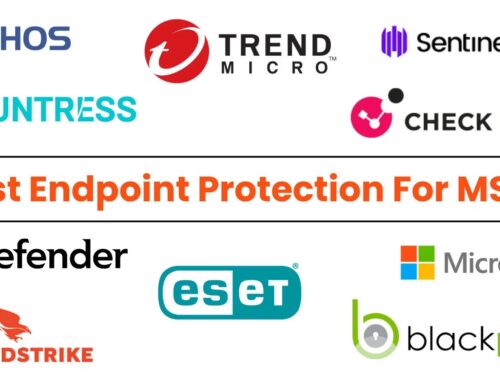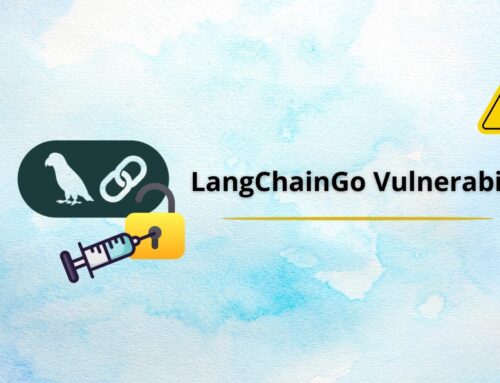
Jaguar Land Rover Confirms Hackers Stole Data in Ongoing Cyberattack
Jaguar Land Rover Cyberattack: Data Theft Confirmed, Production Halted
The automotive industry, a cornerstone of global manufacturing and innovation, faces an undeniable and evolving threat: sophisticated cyberattacks. When a major player like Jaguar Land Rover (JLR) confirms a data breach following a significant IT crippling incident, it sends ripples of concern across sectors. This ongoing cyberattack on the luxury carmaker not only highlights the persistent dangers of digital vulnerabilities but also underscores the critical need for robust cybersecurity postures in every organization, regardless of its size or industry.
Since early September, JLR, a subsidiary of India’s Tata Motors, has been grappling with the aftermath of a major cyber incident that has brought its global operations, including vehicle production, to a standstill. The company has now officially confirmed that data was indeed stolen during this attack. This confirmation shifts the focus from operational disruption to the far-reaching implications of compromised sensitive information, impacting not only the company but potentially its customers, employees, and supply chain partners.
Understanding the Impact of the JLR Cyberattack
The incident at Jaguar Land Rover exemplifies the multifaceted damage that a successful cyberattack can inflict. Initially, the most visible impact was the halt in vehicle production. This operational paralysis leads to significant financial losses due to missed production targets, delivery delays, and potential reputational damage among customers and investors. However, the confirmation of data theft introduces a new layer of complexity and concern.
Stolen data can range from customer personal identifiable information (PII) to employee records, proprietary business secrets, intellectual property, or even highly sensitive manufacturing specifications. Such information can be leveraged by attackers for further fraudulent activities, sold on the dark web, or used for industrial espionage. The long-term implications of data theft often outweigh the immediate operational disruptions, necessitating a comprehensive response that extends beyond system recovery to include forensic analysis, data breach notification, and credit monitoring for affected individuals.
The Anatomy of a Supply Chain Attack (Potential)
While specific details about the attack vector used against JLR are still emerging, such incidents often point to several common attack methodologies. It’s crucial for cybersecurity professionals to consider:
- Ransomware: A common tactic where attackers encrypt data and demand a ransom for its release. This often accompanies data exfiltration as an additional leverage point.
- Supply Chain Vulnerabilities: Large organizations like JLR rely on extensive supply chains. A compromise in a smaller, less secure vendor can serve as an entry point into the target company’s network.
- Phishing/Social Engineering: Human error remains a significant vulnerability. Sophisticated phishing campaigns can trick employees into revealing credentials or inadvertently installing malware.
- Zero-Day Exploits: Less common but highly impactful, these attacks leverage previously unknown vulnerabilities in software or hardware. While no specific CVE has been linked to the JLR incident, organizations should constantly monitor for new threats. For instance, recent vulnerabilities like CVE-2023-38831 (WinRAR ACE format code execution) illustrate the diverse attack surface attackers can leverage.
JLR is currently working with cybersecurity specialists to investigate the breach and restore its systems. This collaborative effort is crucial for a thorough forensic analysis to determine the precise nature of the attack, the extent of data exfiltration, and the vulnerabilities exploited.
Remediation Actions and Proactive Defense
For organizations looking to protect themselves against similar high-impact cyberattacks, a multi-layered and proactive approach is essential. Based on the JLR incident, consider the following:
- Incident Response Plan Activation: Immediately activate and meticulously follow a pre-defined cyber incident response plan. This includes isolating affected systems, conducting forensic analysis, and communicating with stakeholders.
- Data Minimization and Segmentation: Collect and retain only necessary data. Implement network segmentation to limit lateral movement of attackers within the network, reducing the blast radius of a breach.
- Robust Access Controls: Enforce strong authentication mechanisms, including Multi-Factor Authentication (MFA) for all critical systems and accounts. Implement the principle of least privilege.
- Supply Chain Security Audits: Regularly audit the cybersecurity posture of third-party vendors and supply chain partners. Implement stringent contractual obligations regarding security controls.
- Employee Training and Awareness: Conduct regular training to educate employees about social engineering tactics, phishing attempts, and best practices for secure computing.
- Patch Management and Vulnerability Scanning: Maintain a rigorous patch management schedule. Regularly scan systems for vulnerabilities, including those cataloged in databases like CVE. Employ tools that can detect unpatched systems or misconfigurations.
- Advanced Threat Detection: Implement Endpoint Detection and Response (EDR) and Security Information and Event Management (SIEM) systems to continuously monitor for suspicious activities and anomalies within the network.
Effective Digital Protection Tools
Implementing the right tools is paramount for robust cybersecurity. Here are some categories and examples that can aid in detection, scanning, and mitigation:
| Tool Category | Purpose | Examples / Link |
|---|---|---|
| Endpoint Detection & Response (EDR) | Real-time monitoring and threat detection on endpoints, enabling rapid response to incidents. | CrowdStrike Falcon, SentinelOne, Microsoft Defender for Endpoint |
| Vulnerability Management Solutions | Automated scanning and identification of software vulnerabilities and misconfigurations. | Tenable.io, Qualys, Rapid7 InsightVM |
| Security Information & Event Management (SIEM) | Aggregates and analyzes log data from various sources to detect security threats and anomalies. | Splunk, IBM QRadar, Microsoft Azure Sentinel |
| Multi-Factor Authentication (MFA) | Adds an extra layer of security requiring multiple verification methods for access. | Duo Security, Okta, Google Authenticator |
| Security Awareness Training Platforms | Educates employees on cybersecurity best practices and common attack vectors like phishing. | KnowBe4, SANS Security Awareness, CoFense |
Looking Ahead: Resilience in the Face of Cyber Threats
The Jaguar Land Rover incident is a stark reminder that no organization is immune to cyberattacks. The confirmation of data theft underscores the critical importance of a well-defined incident response plan, continuous system monitoring, and a proactive approach to vulnerability management. For JLR, the path forward involves not only restoring operations but also building greater resilience into its IT infrastructure and supply chain to prevent future compromises, protecting both its assets and its stakeholders’ data.





